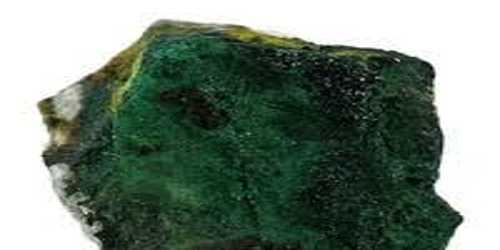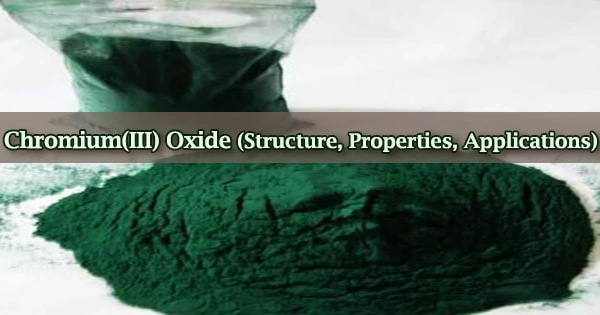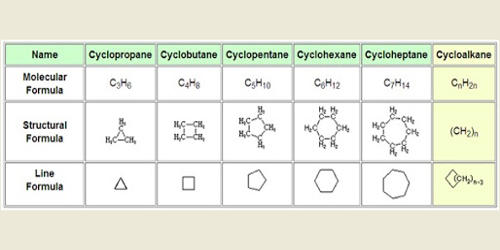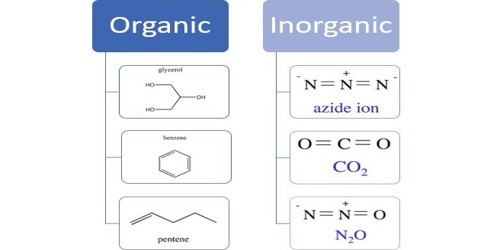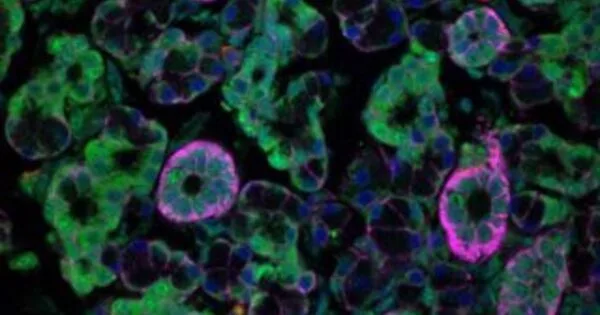Aerugite is a rare complex nickel arsenate mineral with a variable reported formula: Ni(AsO4)2AsO6. It forms green to deep blue-green trigonal crystals. It has a Mohs hardness of 4 and a specific gravity of 5.85 to 5.95.
Global Distribution: Aerugite is distributed in the following places:
- Germany – From Johanngeorgenstadt, Saxony
- England – South Terras mine, St. Stephen-in-Brannel, Cornwall
It was first described in 1858 in either the South Terres mine of Cornwall, England or in Erzgebirge, Saxony, Germany. The origin is disputed. The most common occurrence is as an incrustation on furnace walls in which ores are roasted. Its name comes from the Latin word aerugo for copper rust.

General Information:
- Category: Arsenate minerals
- Formula: Ni(AsO4)2AsO6
- Crystal system: Trigonal
Identification
- Color: Grass green, blue-green
- Crystal habit: Massive to crystalline crusts
- Mohs scale hardness: 4
- Luster: Adamantine
- Streak: light green, greenish white
- Diaphaneity: Opaque to semitransparent
- Specific gravity: 5.85 – 5.95.
Identify
It can be identified in the field by its color variations, such as deep blue-green, and green. It is opaque and non-magnetic, and its encrustations form crust-like aggregates on matrix. This mineral has a greenish-white streak. The density of aerugite is 5.85 to 5.95 g/cm3, with a hardness of 4 – approximate to fluorite.
Physical Properties of Aerugite
- Color: Deep blue-green, Green.
- Density: 5.85 – 5.95, Average = 5.9
- Diaphaneity: Opaque
- Habit: Encrustations – Forms crust-like aggregates on matrix.
- Habit: Euhedral Crystals – Occurs as well-formed crystals showing good external form.
- Habit: Massive – Uniformly indistinguishable crystals forming large masses.
- Hardness: 4 – Fluorite
- Magnetism: Nonmagnetic
- Streak: greenish white
Occurrence and Useful Mineral Association
Aerugite occurs in a rare secondary mineral in hydrothermal Ni–As–U ore deposits. It is often associated with minerals such as bismuth, bunsenite, xanthiosite, and xanthiosite.
Information Source:
